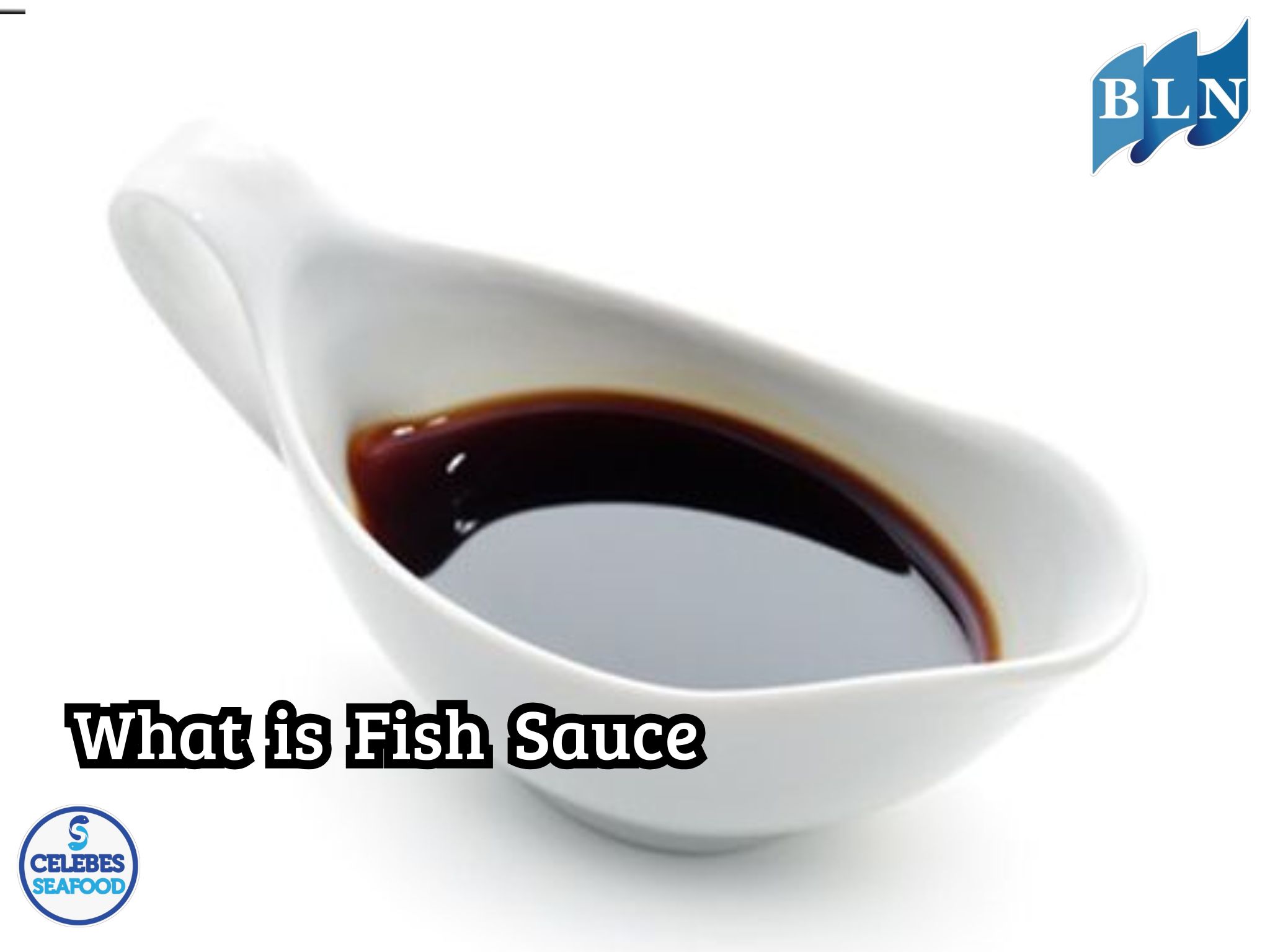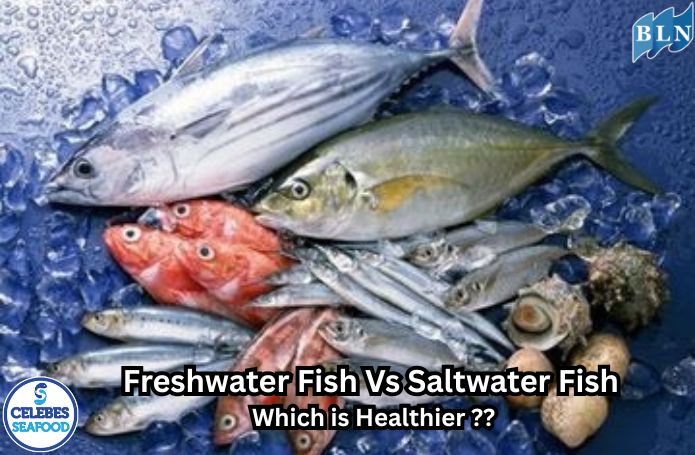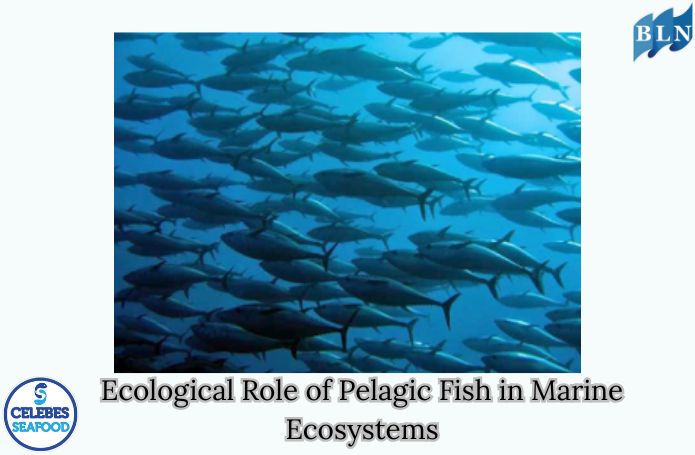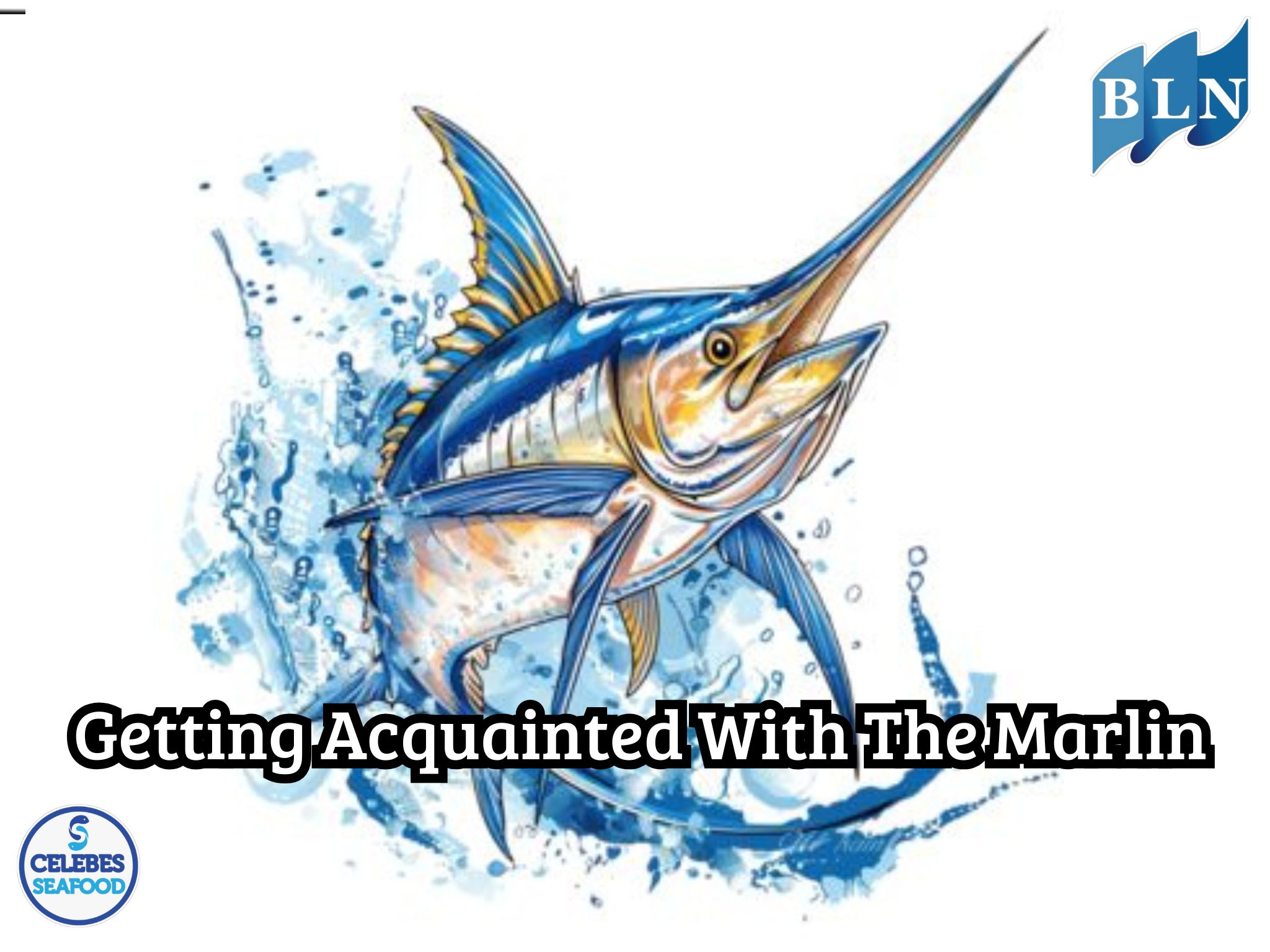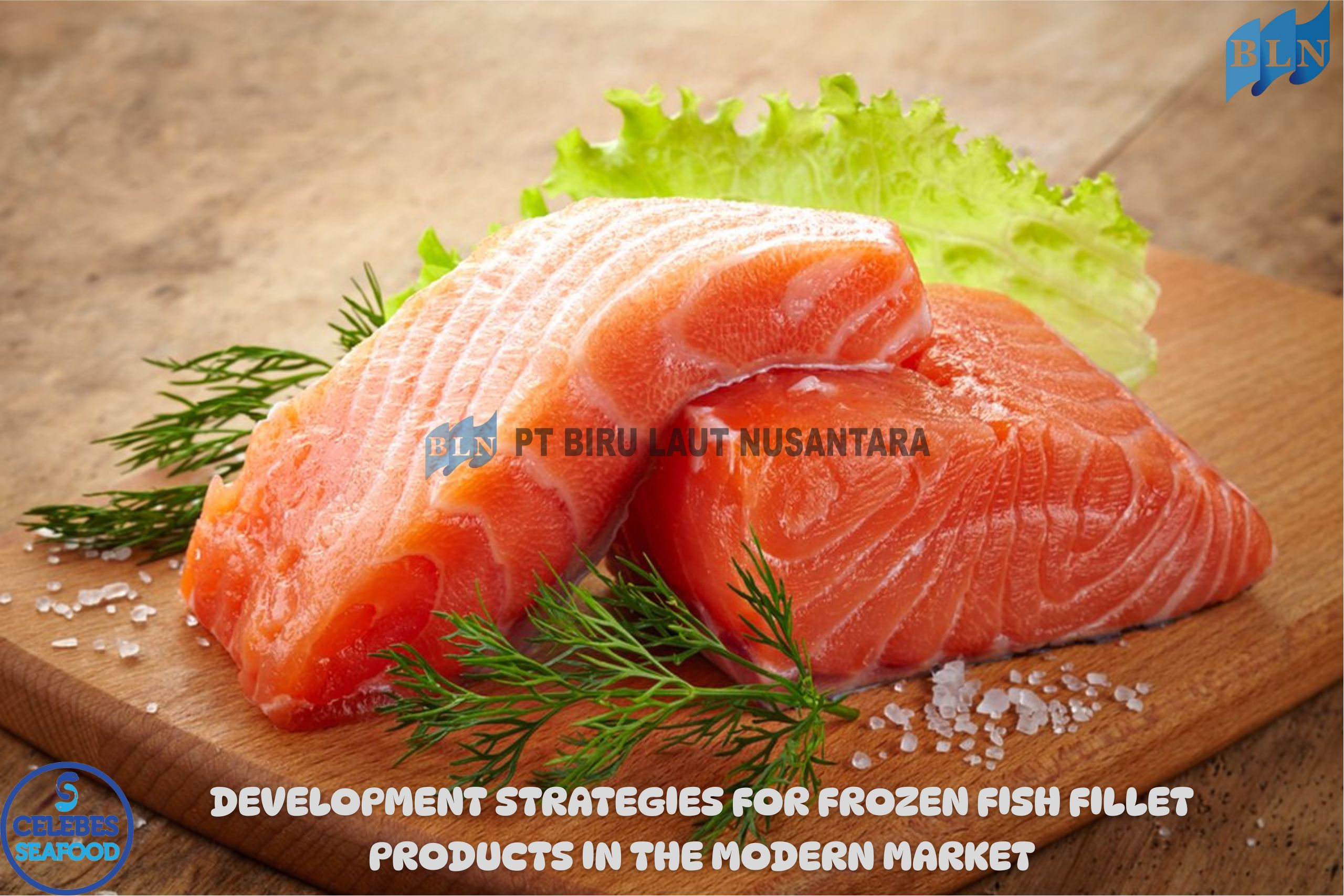Marketing Strategies for Diversified Processed Fishery Products in Export Markets
By. Azizah - 07 May 2025
Lautnusantaracom.Product diversification in processed fisheries is a crucial step to enhance the added value and competitiveness of Indonesian fishery products in the global market. However, successful penetration of export markets requires well-defined and targeted marketing strategies. This article aims to identify and analyze various effective marketing strategies for diversified processed fishery products to achieve success in export markets. The strategies discussed include market research, market segmentation and targeting, branding and positioning, developing products tailored to export market demands, competitive pricing, selecting effective distribution channels, targeted promotion, and the importance of international quality certifications and standards. Implementing a comprehensive and adaptive marketing strategy to the dynamics of export markets will be key to the success of Indonesia's diversified processed fishery products on the global stage.
Introduction:
Indonesia, with its rich fishery resources, has significant potential to develop a diverse processed fishery product industry. Product diversification, ranging from frozen products to dried, ready-to-eat, and other value-added products, not only increases the absorption of fishery yields but also opens up broader export market opportunities. However, entering export markets is not an easy task. Intense global competition demands that Indonesian producers not only produce high-quality products but also design and implement effective marketing strategies. This article will thoroughly examine various marketing strategies relevant to Indonesia's diversified processed fishery products to penetrate and succeed in export markets.
Marketing Strategies for Export Markets:
- In-Depth Market Research: The crucial initial step is to thoroughly understand the targeted export markets. Market research should include an analysis of consumption trends, product preferences, import regulations, quality standards, competition, and market potential. This information will serve as the foundation for strategic decision-making in product development, pricing, promotion, and distribution.
- Precise Market Segmentation and Targeting: Export markets are highly diverse. Identifying specific market segments and determining the most potential target markets are key to success. Segmentation can be based on demographics, psychographics, consumer behavior, or geography. A deep understanding of the target market's needs and preferences will enable producers to tailor products and marketing messages effectively.
- Strong Branding and Positioning: Building a strong brand and establishing effective positioning in export markets are essential to create differentiation and consumer loyalty. The brand should reflect the quality, uniqueness, and value of Indonesian processed fishery products. Effective positioning will place the product in consumers' minds as a superior choice compared to competitors.
- Product Development Tailored to Export Market Demands: Product diversification must be responsive to the demands and trends of export markets. This may involve developing products with customized flavors or packaging, organic or sustainable products, or products with specific certifications required by certain markets. Continuous product innovation is also crucial to maintain competitiveness.
- Competitive Pricing: Price is a significant factor in purchasing decisions in export markets. Pricing strategies must consider production costs, export costs, import tariffs, competitor prices, the perceived value of the product to consumers, and desired profit margins. Competitive yet profitable pricing will enhance product attractiveness.
- Selection of Effective Distribution Channels: Choosing the right distribution channels is critical to ensure that products reach consumers in export markets efficiently and effectively. This may involve local distributors, agents, importers, retailers, or even cross-border e-commerce platforms. Understanding the characteristics of each channel and the logistics infrastructure in the destination country is essential.
- Targeted Promotion: Promotion strategies must be tailored to the target market and the chosen distribution channels. This can include participation in international trade fairs, online and offline advertising, public relations, sales promotions, social media marketing, and content marketing. Promotional messages should highlight product advantages, such as quality, taste, nutritional value, sustainability, and Indonesian origin.
- International Quality Certifications and Standards: Meeting and possessing international quality standard certifications (e.g., HACCP, ISO, MSC for sustainability) are essential requirements for entering many export markets. These certifications not only guarantee product quality and safety but also build trust with consumers and trade partners.
If you are interested in our product OCTOPUS LEGS, OCTOPUS WHOLE CLEANED FLOWER TYPE, OCTOPUS WHOLE CLEANED BALL TYPE please do not hesitate to contact us through email and/or whatsapp.
